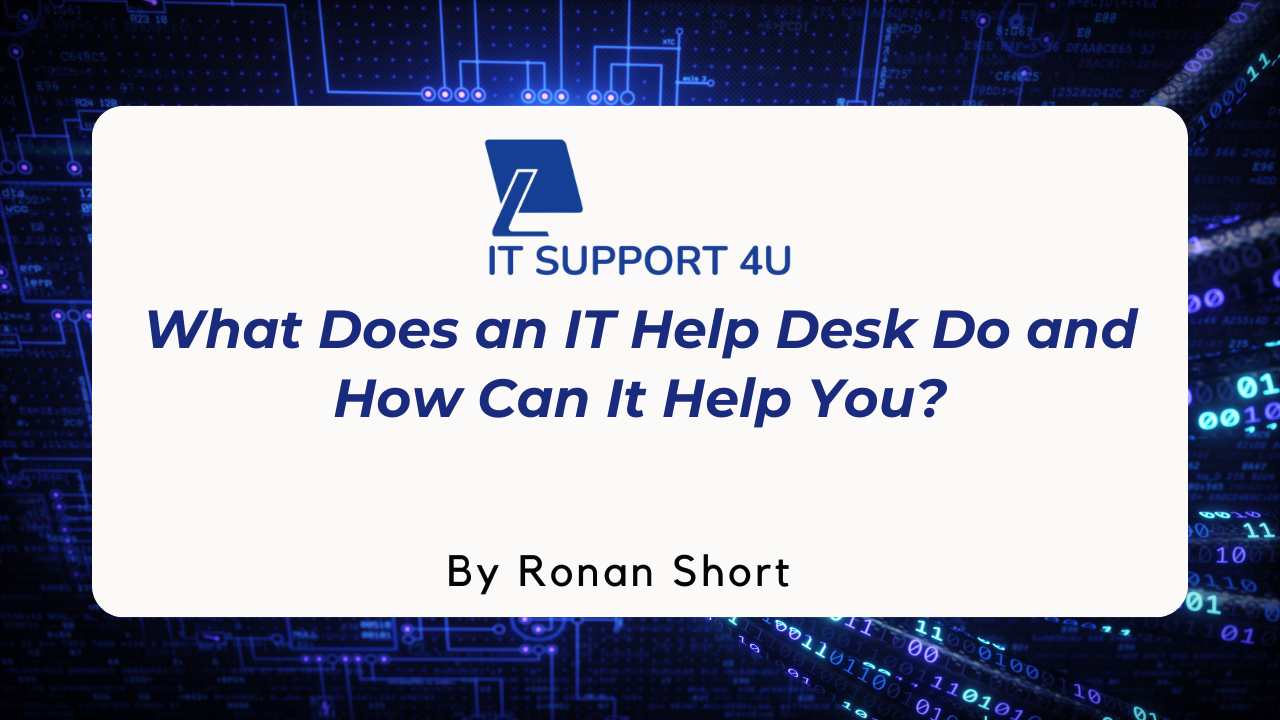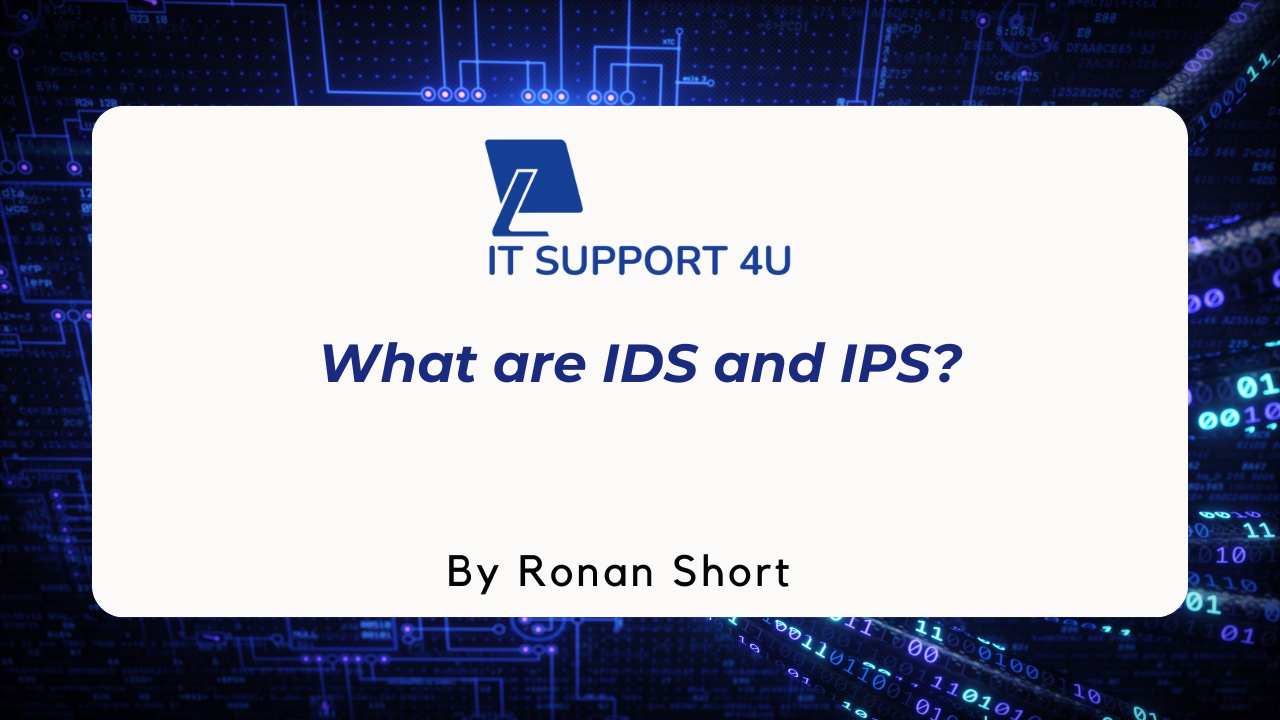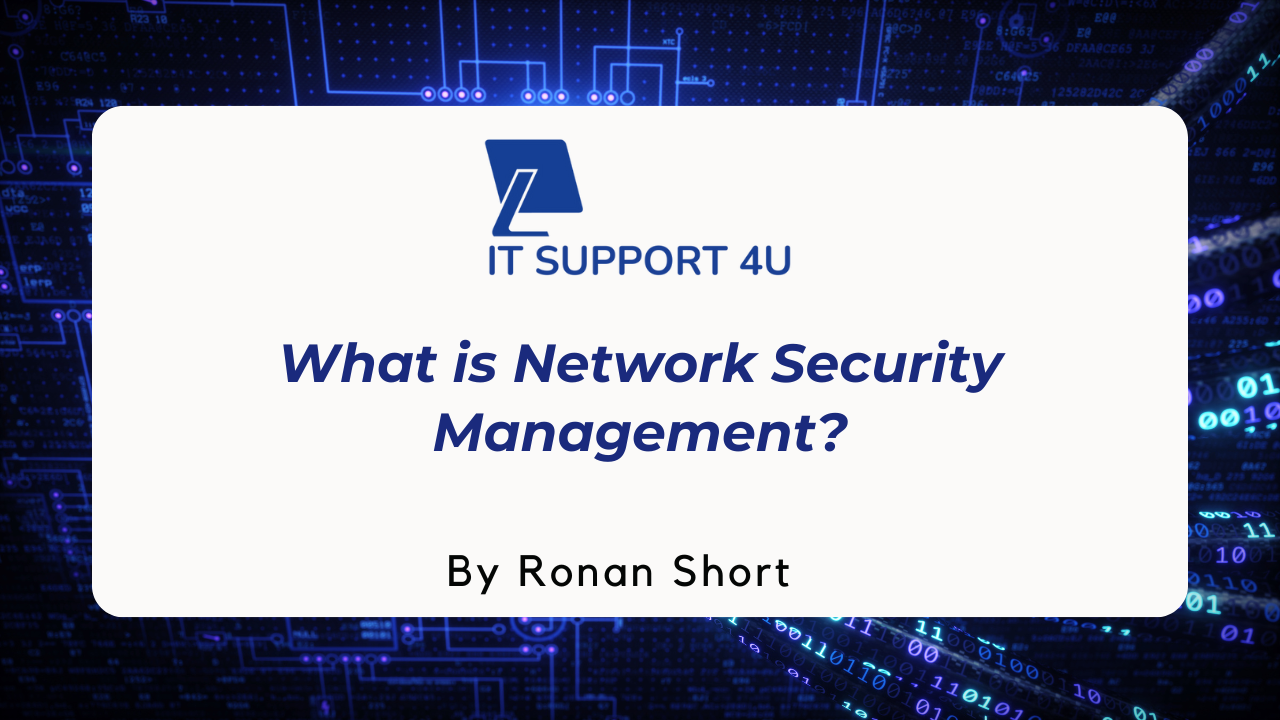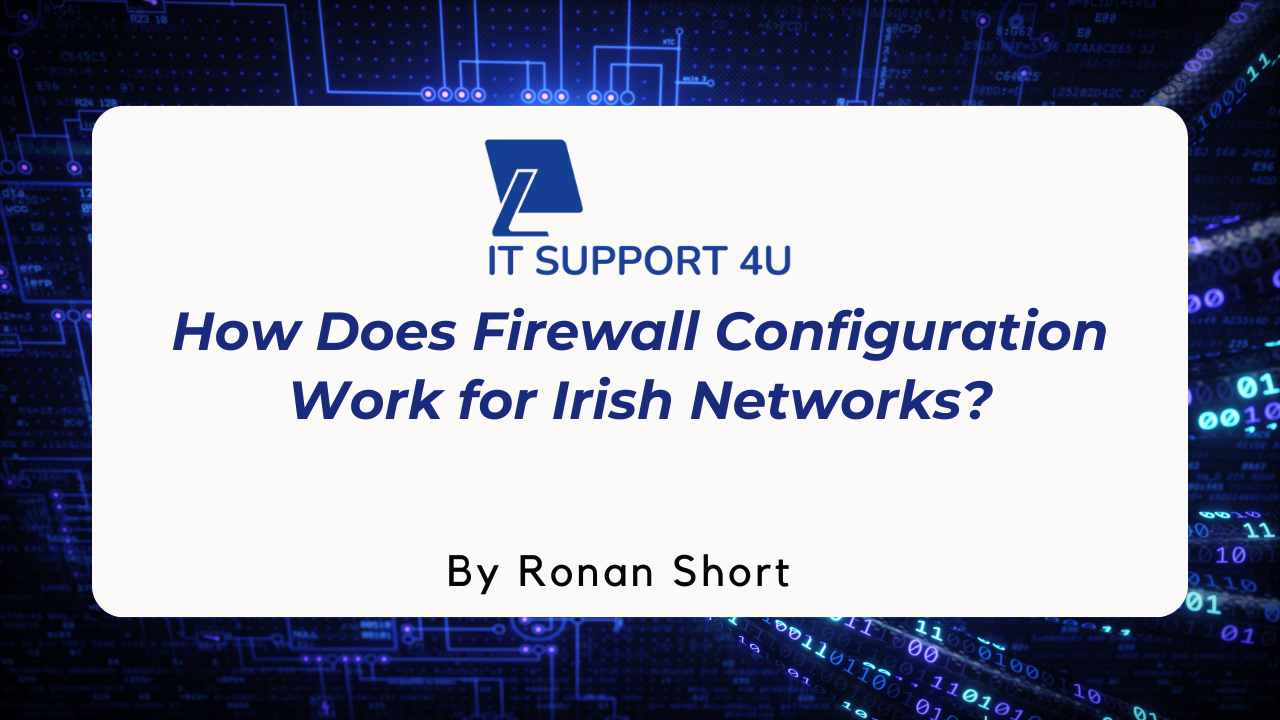Migration of your on-premises infrastructure to the cloud is an essential step for many organisations aiming to modernise their operations and stay competitive. The cloud offers greater flexibility, scalability, and cost savings compared to traditional on-premises systems.
However, the process can be challenging if not approached with the right strategy and preparation. From choosing the right cloud model to understanding integration methods, each step requires careful consideration to avoid interruptions and maximise benefits.
In this blog, we’ll explore how to migrate your on-premises infrastructure to the cloud successfully, outlining key factors to consider and best practices to ensure a smooth and efficient migration. Whether you're starting fresh or expanding, this guide will help you plan with confidence.
How to Migrate Your On-Premises Infrastructure to the Cloud?
Migrating to the cloud is a complex process, but with careful planning and execution, you can ensure a smooth and efficient migration. If you're wondering how to migrate your on-premises infrastructure to the cloud effectively, here are the critical factors to consider for a successful migration experience.
1. Single or Multi-Cloud Strategy
Decide whether your organisation will rely on a single cloud provider or adopt a multi-cloud strategy.
A single cloud approach ensures optimisation for a specific provider’s environment, while a multi-cloud strategy allows you to distribute workloads across multiple providers. The latter offers greater flexibility and use in vendor negotiations, as you can easily switch between providers when needed.
2. Assign a Migration Architect
Cloud migration requires detailed planning and decision-making. Appointing a dedicated migration architect ensures a centralised figure to oversee the process, including designing the migration strategy, addressing technical challenges, and ensuring alignment with organisational goals.
This role is crucial to the success of the project.
3. Determine Your Cloud Integration Approach
There are two main approaches to cloud integration during migration:
- Shallow Cloud Integration: Migrating your application to the cloud with minimal or no modifications, maintaining its existing structure.
- Deep Cloud Integration: Redesigning and optimising the application during migration to take full advantage of cloud-native features, such as scalability and automation.
Choose the approach that best aligns with your business objectives and resources.
4. Define Cloud KPIs and Baselines
It’s essential to revisit and update your key performance indicators (KPIs) to reflect cloud-specific metrics.
Establishing new baselines ensures you can effectively measure the performance and success of your applications and services once they’re running in the cloud.
5. Prioritise Migration Components
Decide whether to migrate your infrastructure in stages or all at once.
- Phased Migration: Move applications and services incrementally, reducing risk and allowing for troubleshooting at each step.
- Big Bang Migration: Transfer all components simultaneously, suitable for smaller infrastructures or businesses requiring minimal downtime.
Evaluate your operational needs and risks before choosing the best approach.
6. Refactor Before Migrating
Refactoring involves modifying applications and services to improve their performance and compatibility in a cloud environment. This step ensures that your infrastructure operates efficiently in the cloud, using its features for better outcomes.
While this may require additional time and resources, it often results in long-term benefits.
6 Key Advantages of Migrating from On-Premises to the Cloud
Migration from on-premises infrastructure to the cloud provides a range of benefits that can transform business operations. Here are six key advantages:
- Faster Time to Delivery
The cloud enables quicker deployment of applications and services, reducing delays and improving time-to-market. - Improved Innovation Opportunities
By using cloud capabilities, businesses can easily experiment with new technologies, creating innovation and competitiveness. - Scalability and Flexibility
The cloud allows organisations to scale resources up or down based on demand, ensuring they can meet market needs without oversupply. - Improved Cost Efficiency
Pay-as-you-go models ensure businesses only pay for what they use, maximising resource allocation and cost control. - Adoption of 'As-a-Service' Models
Models like SaaS (software as a service), PaaS (platform as a service), and IaaS (infrastructure as a service) improve efficiency and simplify processes, driving overall productivity and growth. - Reduced Total Cost of Ownership (TCO)
Cloud migration significantly lowers infrastructure and operational costs by ending the need for on-premises hardware and maintenance.
These advantages make cloud migration a strategic move for businesses aiming to stay competitive in an ever-evolving marketplace.
Conclusion
Migrating your on-premises infrastructure to the cloud is a transformative journey that requires strategic planning and execution. By understanding your needs, selecting the right cloud model, and following best practices, you can ensure a successful migration.
The benefits of cloud migration, including cost savings, scalability, and improved flexibility, make it a smart choice for businesses of all sizes. However, the process can be complex without the right expertise.
For smooth and stress-free migration, trust It Support 4U. Our experts are here to guide you through every step.
Contact us today to learn more about how to migrate your on-premises infrastructure to the cloud effectively!
Get an IT Plan Today!













